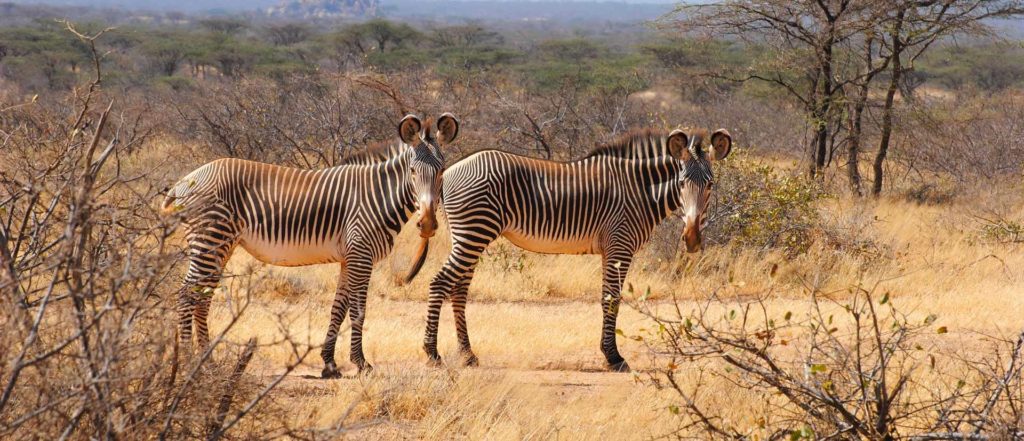
Saving the Grevy’s zebra
Magical, majestic and beautiful, the Grevy’s zebra is about as close as you’ll get to a unicorn on planet earth. And it’s SO rare that it is classified as 'endangered' on the IUCN (International Union for Conservation of Nature) Red List. This means that the magnificent Grevy’s zebra will shortly join the unicorn in the realms of mythical beasts – unless something is done to save it. Fortunately, something is being done.
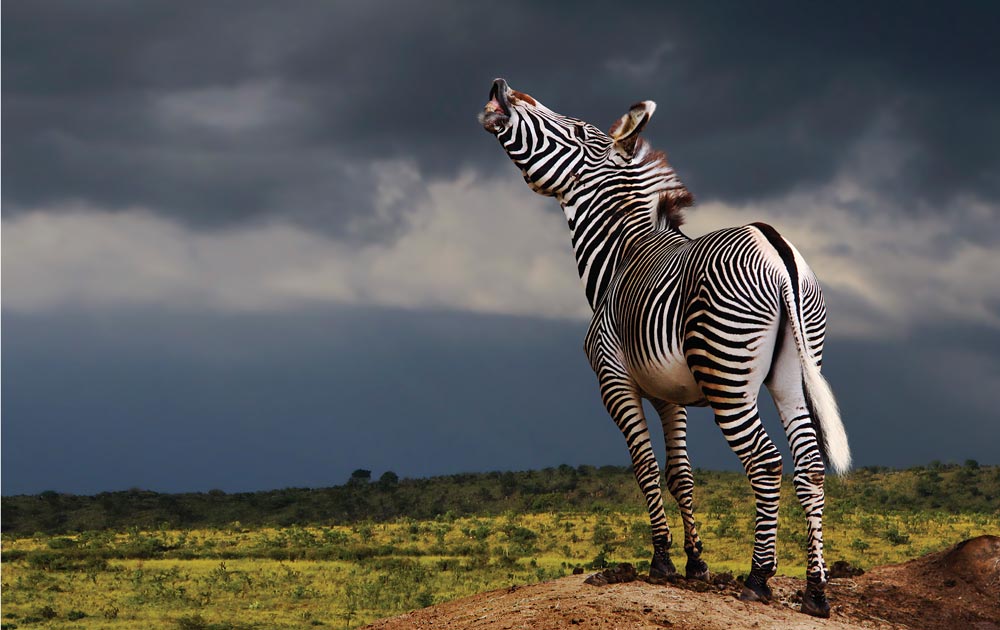
Threats to survival
The situation is dire. The Grevy’s zebra is listed as endangered on the IUCN (International Union for Conservation of Nature) ‘Red List of Threatened Species’. In simplistic terms this means it is getting dangerously close to following the dodo into extinction.
Forty years ago, it is estimated there were over 15,000 Grevy’s zebra roaming the Horn of Africa. The latest census (the Great Grevy’s Rally 2018) reveals that there are now only 3,000 individuals (2,812 in Kenya and 188 in Ethiopia). There are many threats to the survival of this beautiful creature including poaching, disease, competition with domestic livestock, habitat destruction and human disturbance at the zebras’ traditional watering places. By far the most pressing danger they face, however, is the shrinkage of their habitat. And that boils down to the availability of grass. Grass matters to the Grevy’s zebra: big time. They spend 60-80% of their time eating it. It therefore follows that if the grass goes … so do the Grevy’s.
What’s more, since the Grevy’s live in 10,000 sq km of wild and rugged territory in the far north of Kenya where only 1% of land is protected by national parks or conservancies, their chances of survival were looking as slim as their iconic stripes. Until some unlikely saviours stepped in.
The Grass Guardians
Enter the Grass Guardians, a group of around 50 Samburu children, boys and girls, some as young as seven.
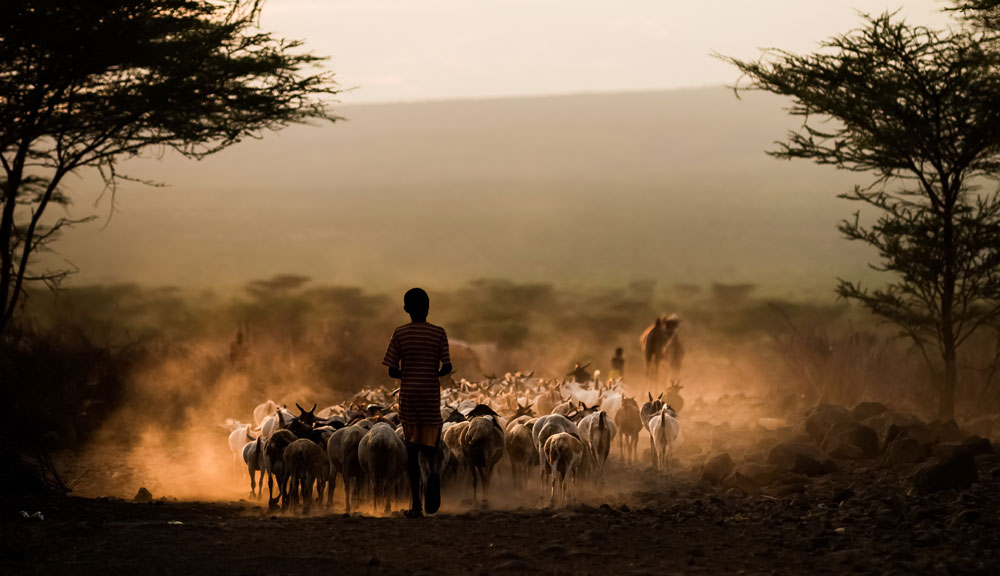
Children have always acted as cattle herders amongst the Samburu: it’s how they learn how to be Samburu. The school-going children tend to herd during their school holidays. The Samburu, like the Maasai, have an incredibly high regard for their cattle so it’s only natural that the Samburu children should learn their trade ‘hands on’ from a very early age. Lately, however, their traditional role has been radically expanded. Working with the Grevy’s Zebra Trust in the Westgate Community Conservancy in Samburu, Northern Kenya, the children have been invited to attend special training camps. Here they’ve learned all about the importance of conserving grasslands and they’ve also been trained in the latest methods of ‘holistic rangeland management’.
The gospel of the grass
And the results have been startling.
The children have taken to their new role with enthusiasm and, entirely self-motivated, they have devised their own methods of planned livestock grazing. They have built their own lokeren, small enclosures within their manyattas that house small stock and injured or sick wildlife. Better still, they’ve created their own tree-planting initiatives and now plant trees around their schools wherever soil erosion threatens. Most important of all, however, they’ve spread the ‘gospel of the grass’ to all the members of their community. And woe betide anyone who doesn’t toe the line when it comes to loving grass.
Learn your stripes
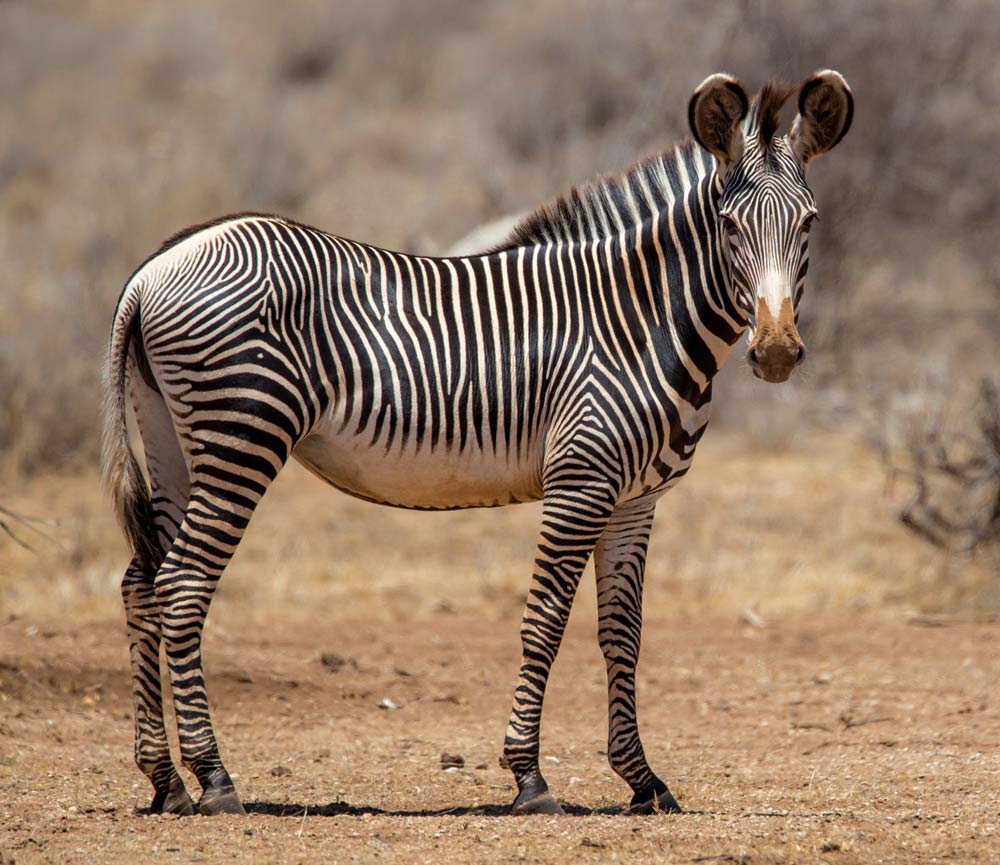
Grevy’s zebra have undergone one of the most substantial reductions of range of any African mammal. Historically, they were to be found right across the Horn of Africa including in Djibouti, Eritrea, Somalia and Sudan. Now they are found only in Ethiopia and Kenya.
Interestingly, the Grevy’s zebra was the first of the zebra species to evolve after asses, and can be differentiated from the common Burchell’s zebra by virtue of it being taller, having narrower stripes, large ‘Mickey Mouse’ ears and a brown muzzle. Even more whimsically, it gets its name from the fact that in 1882, Emperor Menelik II of Ethiopia thought his zebras to be so regally magnificent that he gave one as a gift to Jules Grevy, the President of France.
About the Grevy’s Zebra Trust (GZT)
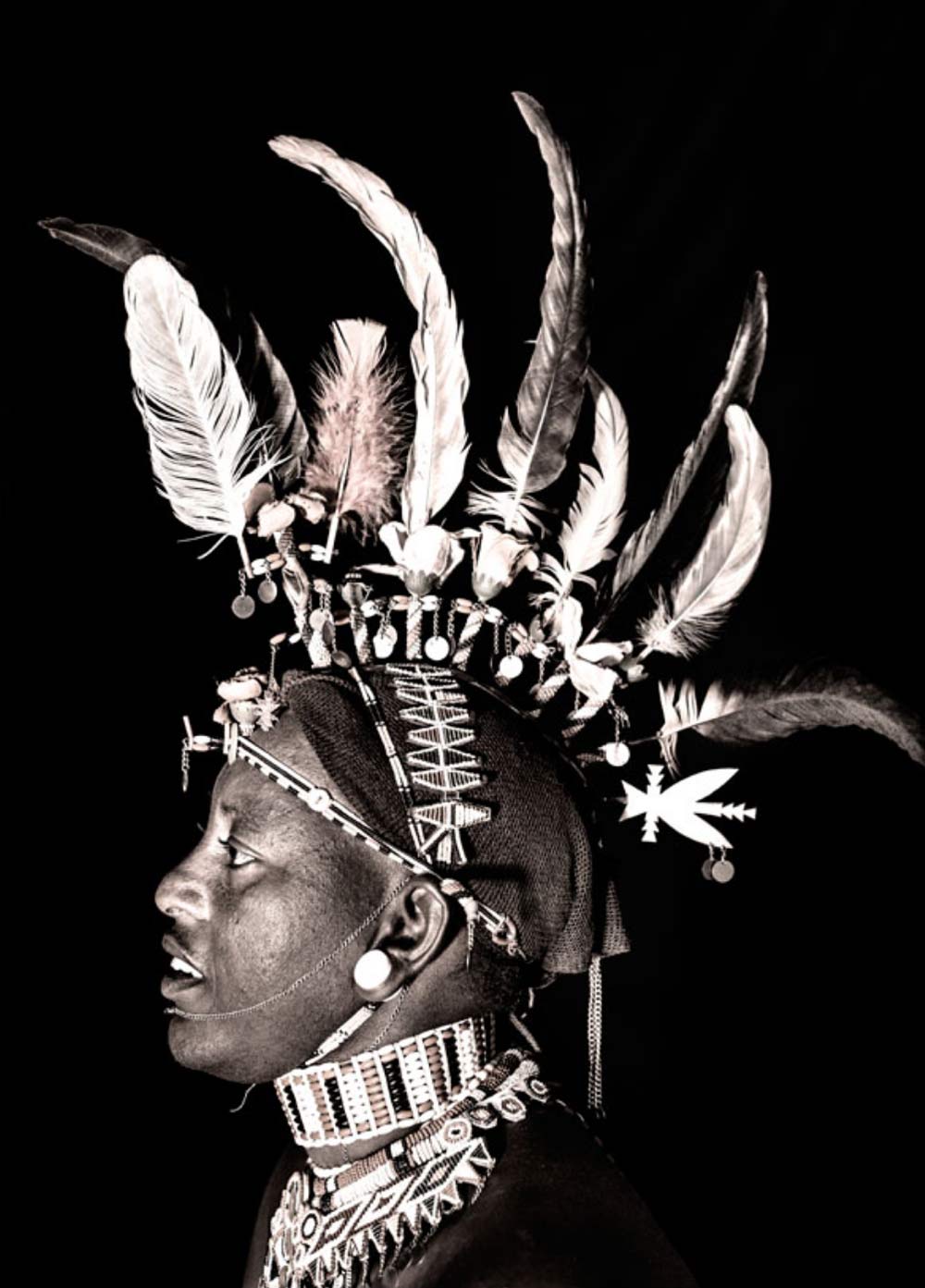
GZT works to conserve the Grevy’s zebra (Equus grevyi) in partnership with communities. It works with elders, warriors, women and children from the Samburu, Turkana and Rendille ethnic groups to monitor the Grevy’s zebra populations, increase conservation awareness and foster positive attitudes towards the species and its habitat.
To find out more visit: www.grevyszebratrust.org

Nairobi National Park
Legend has it that Nairobi National Park was founded because the colonial settlers grew increasingly exasperated by lions. It wasn’t just that they wandered the streets by night or that the graveyard with filled with headstones reading ‘killed by lions’. It was that they trampled the flowerbeds. The lions, the settlers said, would have to be penned up.
But it was the rapidly growing city of Nairobi that was finally penned in. In 1946, the 117 square kilometres of rolling plains that lay to the south of the city were made into a wilderness sanctuary. It was East Africa’s first national park. And its establishment made Nairobi unique.
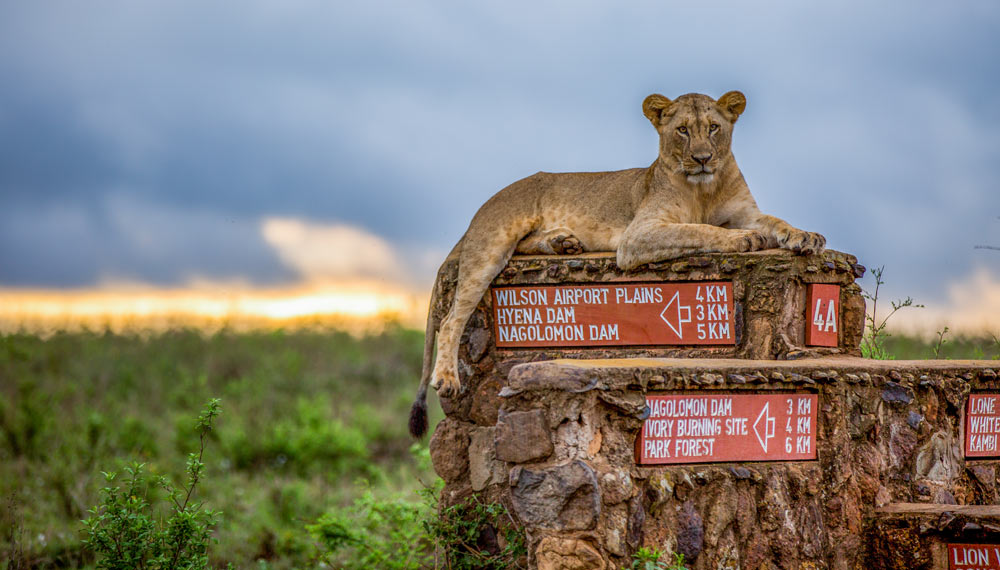
One of a kind
No other city in the world can boast a natural wilderness, teeming with wildlife - home to over 400 species of birds and over 100 recorded species of fauna - just seven kilometres from the city centre. No other city looks out over a rhino sanctuary with one of the highest densities in Africa. No other city stages its own mini migration of the wildebeest. And nowhere else on earth do lions, leopards and cheetahs hunt so close to shopping malls or skyscrapers fight for skyline space with giraffe.
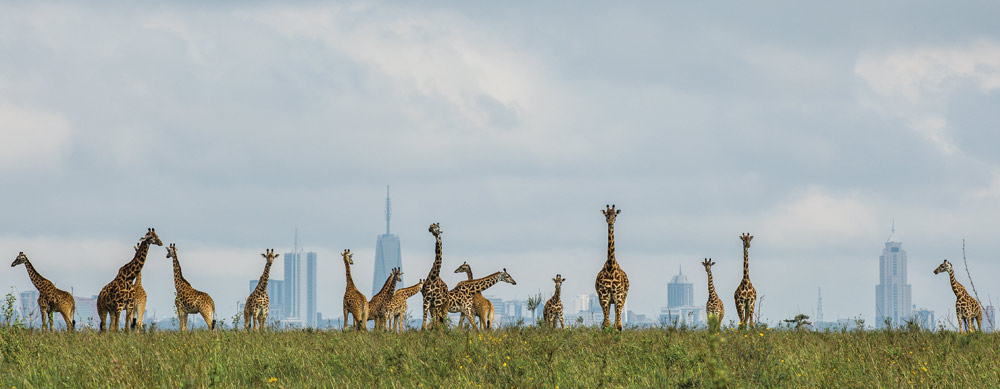
It’s a park with many faces and many moods. There are rocky gorges where baboons swing and rolling plains where buffaloes roam. There are pools where hippos snort and there are dams beside which huge monitor lizards bask. And there are picnic sites where city-dwellers gather for barbeques and hilltop sites where weddings and events can be staged. It’s one of the few places on Earth where man and beast seem to coexist so calmly; and one of the few places on their long flight south where Europe’s migrating birds feel safe to land.
Nairobi National Park is a park with a purpose – a conservation stronghold and a place where man can recall his roots.
So much more than a game drive
And there’s more. Immediately adjacent to the park lies the magnificent Safari Walk, a rolling boardwalk that skims over a series of carefully constructed wilderness enclosures where the animals behave exactly as they would in the wild. There’s also the Animal Orphanage, which shelters a shifting population of orphaned, abandoned or wounded animals. Finally, there’s the exquisite David Sheldrick Wildlife Trust where you can watch the antics of the orphaned baby elephants as they’re fed, bathed and gently prepared for their return to the wilderness.
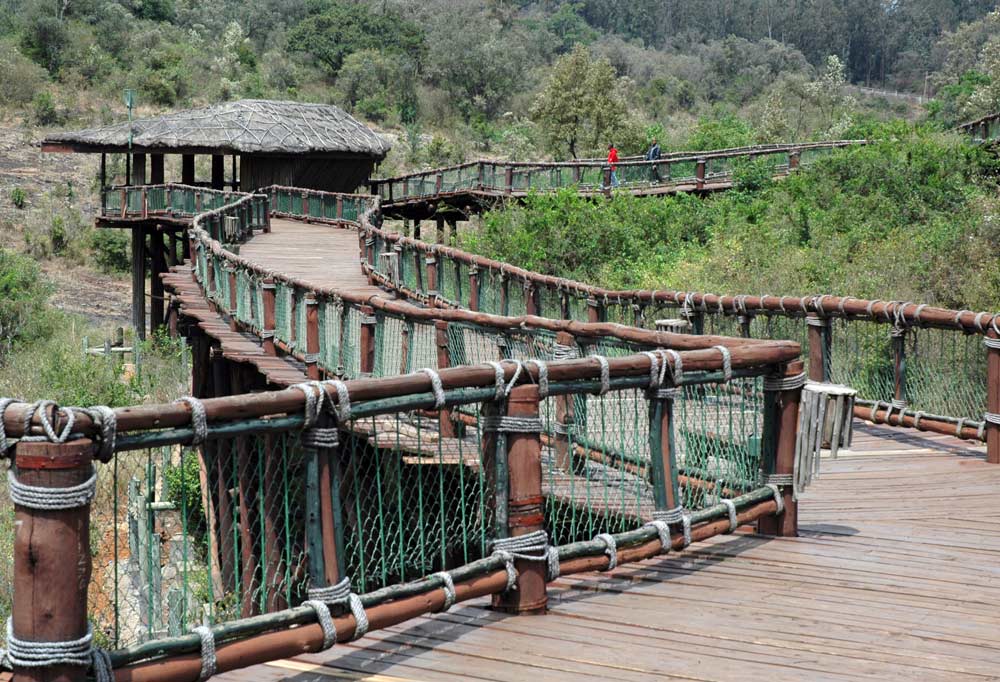
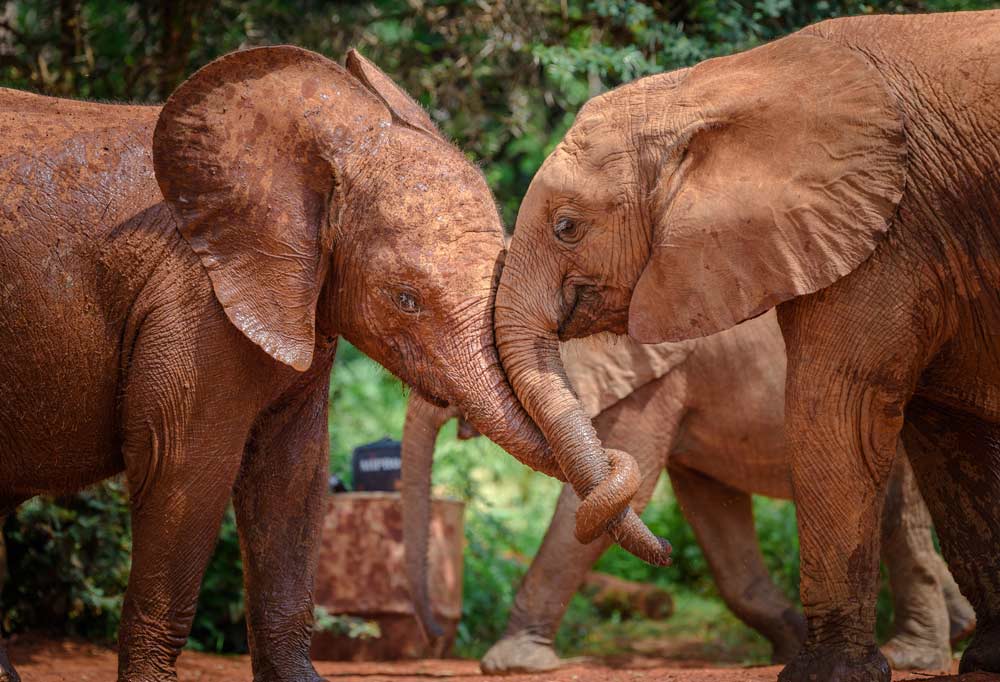
If you're in Nairobi between safaris, a day out in Nairobi National Park is a must. And if you’re in town for business, you can take an early morning breakfast in the park and still arrive back at your hotel in time for your first meeting.
Nairobi National Park at a glance
- The only wildlife park in the world so close to a capital city
- The first park to be created in Kenya
- Major rhino sanctuary for breeding and restocking other parks
- Diverse birdlife: Over 400 bird species at least 20 of which are seasonal European migrants
- Home to over 100 mammal species, including four of the Big Five (lion, buffalo, leopard and the endangered black rhino)
- Spectacular wildebeest and zebra migration
- Large carnivores - lion, leopard, hyena and cheetah
- Large herbivores - eland, buffalo, zebra and wildebeest
- Ivory Burning Site Monument
- Walking trails around the hippo pools
- Nairobi Safari Walk & the Orphanage
- David Sheldrick Wildlife Trust elephant orphanage
- Picnic and event sites
For current park entry fees, visit: www.kws.go.ke
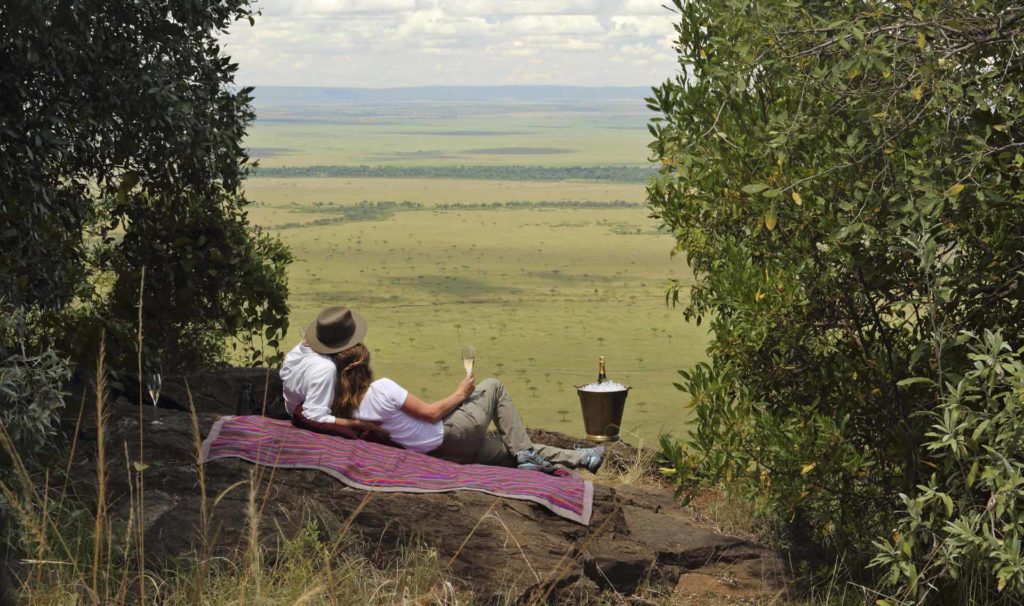
Out of Africa – Hollywood’s effect on Kenyan tourism
Helen of Troy’s face launched a thousand ships during the Trojan Wars. Sydney Pollack’s Oscar-winning film, Out of Africa, launched Kenya’s tourism career. Before Out of Africa, Kenya was the preferred but very exclusive destination of royalty, aristocracy and glitterati for whom, in the 1900s, it was THE big game hunting safari destination. It was not, however, a holiday option for the average traveller.
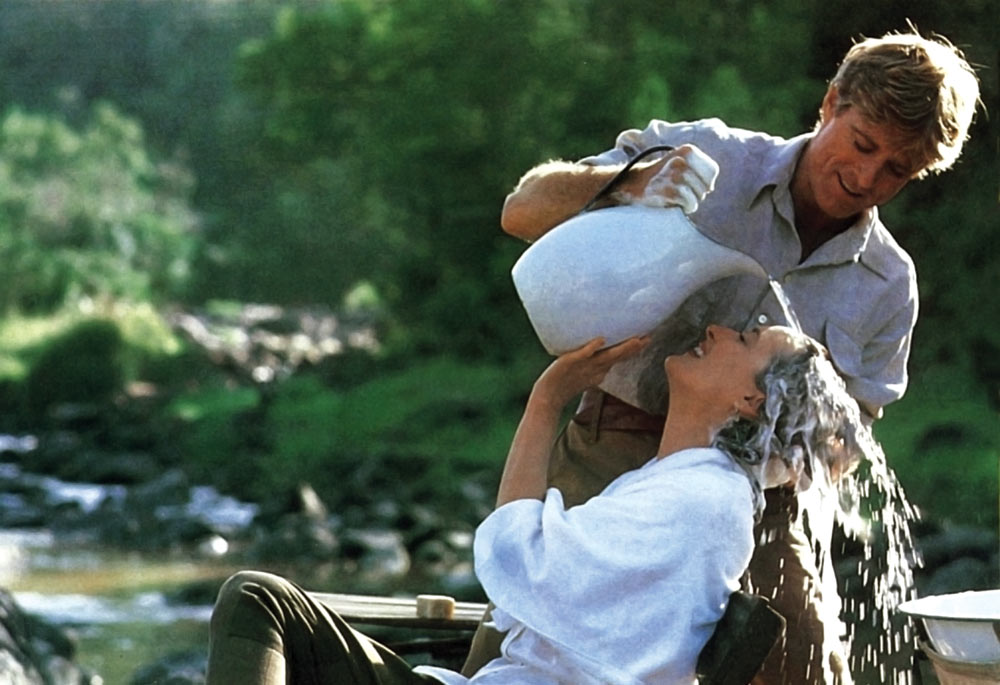
Karen Blixen's Out of Africa
In 1985 Out of Africa changed all that. The film was based on the autobiographical book Out of Africa published by Isak Dinesen (the pen-name of Danish author Karen Blixen) in 1937. All over the world, movie-goers were enchanted by the sublime scenery of the Masai Mara National Reserve, the Shaba National Reserve and the cascading waterfalls of the Aberdares Mountain Range. And they flocked to Kenya in their thousands.
As a result, Kenya’s hotel industry blossomed along with her tourism infrastructure and Nairobi established itself as the Safari Capital of the World. In 1986 Karen Blixen’s erstwhile home at the foot of the Ngong Hills was turned into a museum and is now one of Nairobi’s most visited tourist venues.
Such is the power of the silver screen.
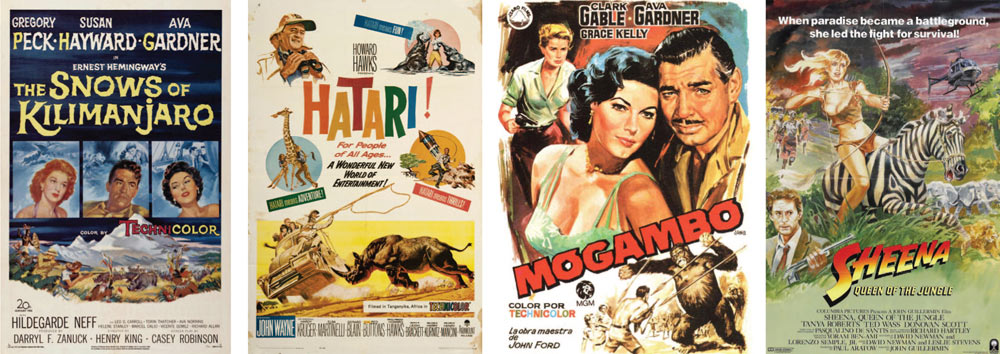
Hollywood’s love affair with Kenya, however, began long before Robert Redford so memorably washed Meryl Streep’s hair in the Mara River. It began in the 1950’s when a cavalcade of stars flocked to Kenya to feature in a train of cinematic greats such as King Solomon’s Mines (1950), starring Stewart Granger; The Snows of Kilimanjaro (1952) starring Gregory Peck and Ava Gardner; and Mogambo (1953) featuring Clark Gable, Ava Gardner and Grace Kelly.

Born Free
At the same time a number of notable British films were made in Kenya, such as Where No Vultures Fly (1951), which documented the founding of Kenya’s legendary national parks, and Tarzan and the Lost Safari (1957), one of the first great Tarzan epics. Then, in 1966, Kenya hit gold with Born Free, a British film based on Joy Adamson’s 1960 book of the same name. Starring Virginia McKenna and Bill Travers as Joy and George Adamson, it was filmed entirely in Shaba National Reserve and follows the fortunes of Elsa the lion cub.
Now becoming established as a popular destination, Kenya went on to provide the backdrop for numerous films such as: Sheena Queen of the Jungle (1984), White Mischief (1987), Kitchen Toto (1988), Mountains of the Moon (1989), The Ghost and the Darkness (1996) and Paradise Love (2012).
In 2002, the German language film, Nowhere in Africa, was filmed in Hell’s Gate National Park and went on to win over 14 international awards. And the 2005 film, The Constant Gardener, filmed in Nairobi and Lake Turkana, received worldwide acclaim. Subsequently, Hell’s Gate National Park memorably provided the backdrop for the films Tomb Raider 2001 and 2003 starring Angelina Jolie.
It’s not only on the big screen that Kenya stars, however. She has also provided the location for the blockbuster TV reality show Survivor and the high-action backdrop for countless award-winning television wildlife series such as the BBC's Big Cat Diary, which has made the lions of the Marsh Pride in Kenya’s Masai Mara National Reserve possibly the most famous lions in the world.
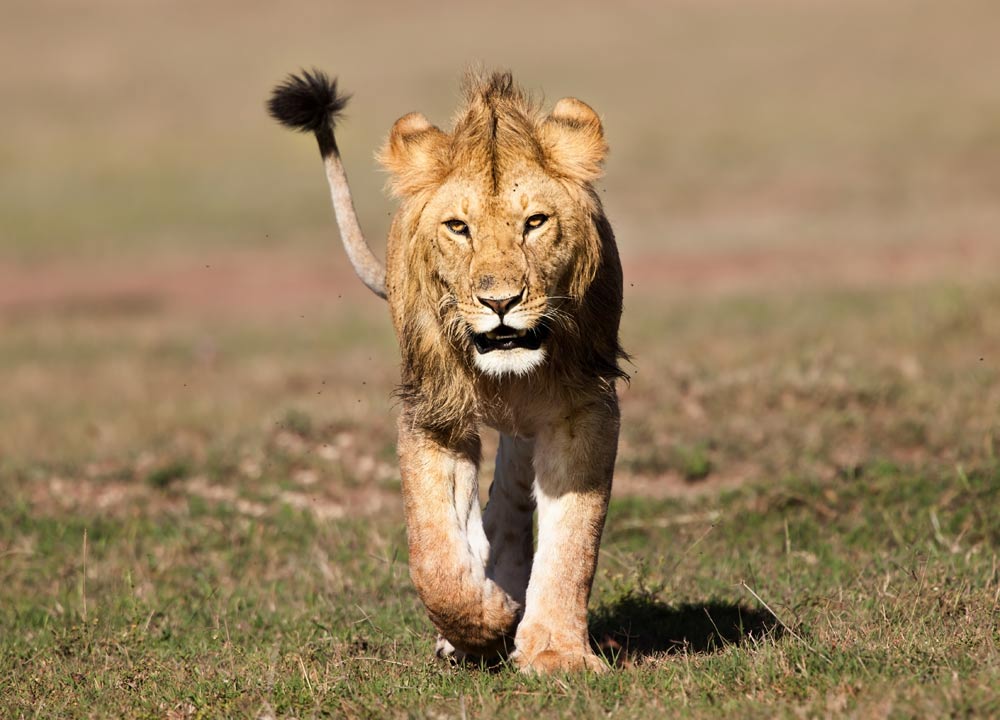
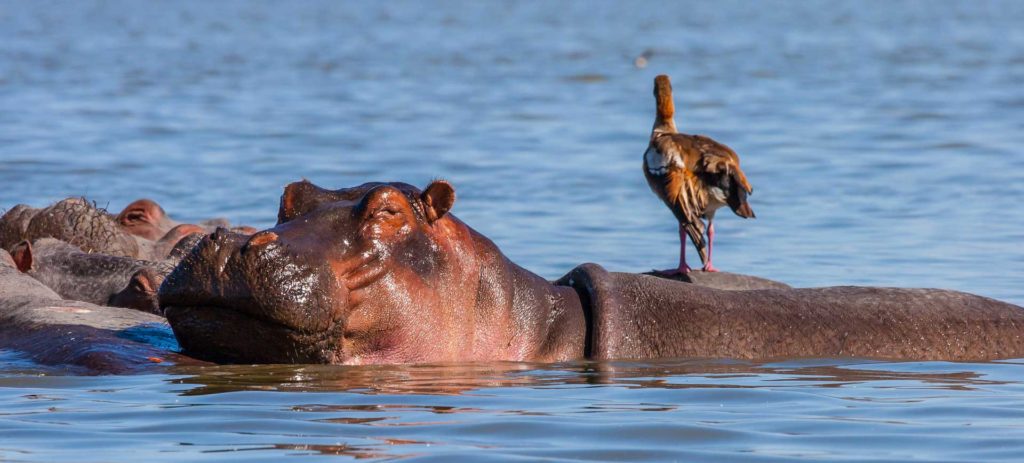
Lake Naivasha – the place of rough water
A freshwater lake, the highest of the string of lakes that glitter down the vast trench of the Great Rift Valley, Lake Naivasha is infamous for its rapidly shifting moods. One minute serene and calm, the next it will be whipped by swirling winds and shadowed by storm clouds. Hence its name, which means ‘the place of rough water’.
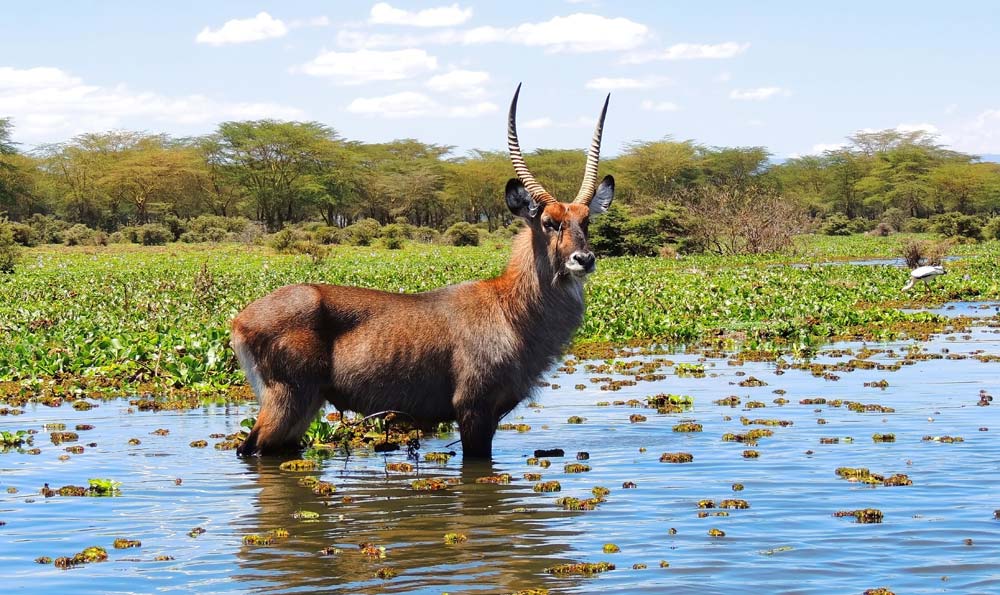
Enigmatic, and dotted with floating islands of Nile cabbage (water hyacinth) and papyrus, Lake Naivasha has no known outlet, and legends abound regarding the vast tunnels that supposedly run beneath its surface. Towered over by the brooding bulk of Mount Longonot (2,776 m), and featuring a submerged volcanic crater known as Crescent Island, this beautiful lake is best known for its high numbers of water birds. Also for the haunting cry of the fish eagles, which feed on the black bass and tilapia of its waters.
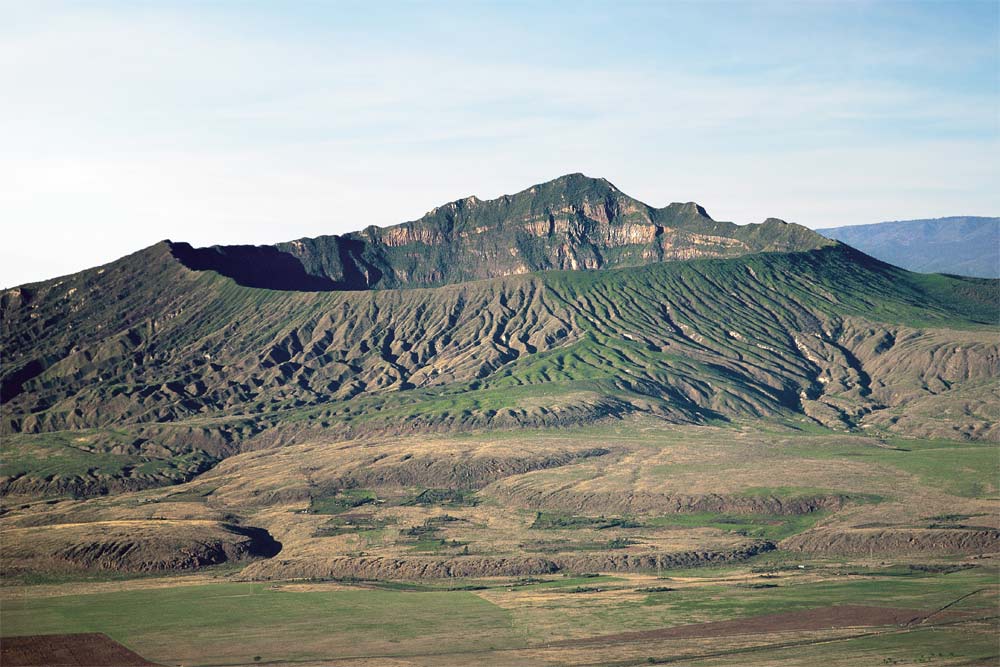
These same waters drive the economy of the area, fuelling huge flower farms, horticultural enterprises and, of course, the tourism industry. It was here in fact that East Africa’s first air passengers landed - the vast ‘flying boats’ of Imperial Airways that came to land on its waters. Guests would stay overnight in the Lake Naivasha Hotel before travelling on by car to Nairobi (100 kms to the south-east).
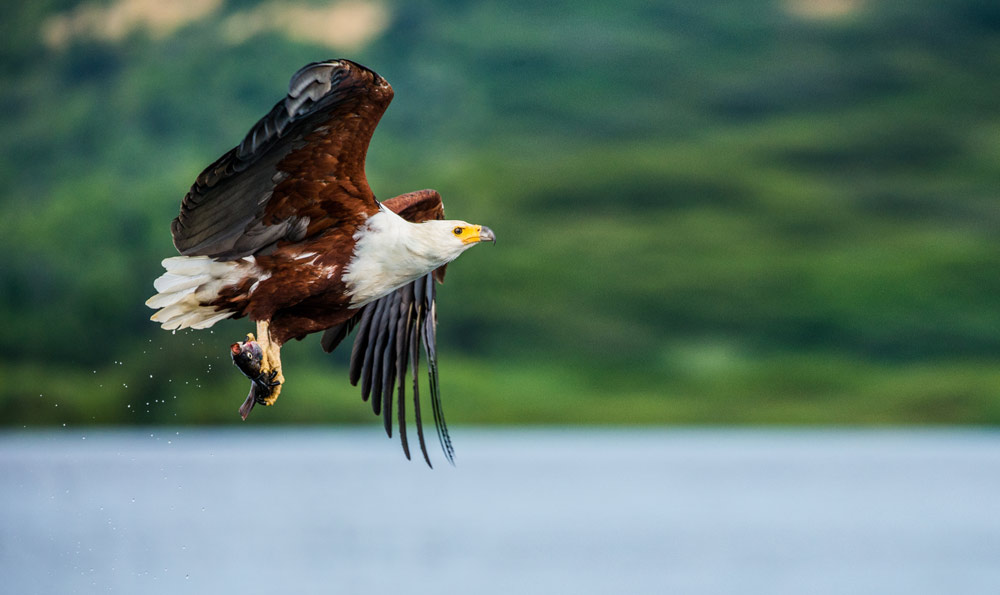
The lake has a large population of hippos, which are regularly to be seen snorting and guffawing in the shallow waters. At night, they troop out to feed on the lawns of the hotels and the lush grass of the riparian fringes. Vervet monkeys and olive baboons live in the woodland adjoining the south-western shore and the game corridors that run from nearby Hell’s Gate National Park allow buffaloes, hartebeest, waterbuck, antelopes and Masai giraffes to access the shores. As for birds, there are plenty of cormorants pelicans, herons, jacanas and long-toed plovers and weavers, while numerous warblers breed in the papyrus reed beds.
What to see and do
Opportunities abound. There are plenty of operators offering boat tours on the lake or, if you feel like stretching your legs, you could climb to the top of Mount Longonot, the great striated volcano that towers over the lake.
Those interested in history can visit nearby Hyrax Hill, a prehistoric site as first discovered in 1926 by Louis Leakey. Here you will find the remains of two settlements: one Pastoral Neolithic and Late Iron Age and the other Early Iron Age.
Driving around the lake, you’ll see a great number of flower farms, some of which offer guided tours. Also on the shores of the Lake is the Oserian Wildlife Sanctuary, which offers safari drives, guided walks and horse-riding; and Elsamere, once the home of Joy Adamson of ‘Born Free’ fame, which offers superb afternoon teas, boat trips and an educational centre.
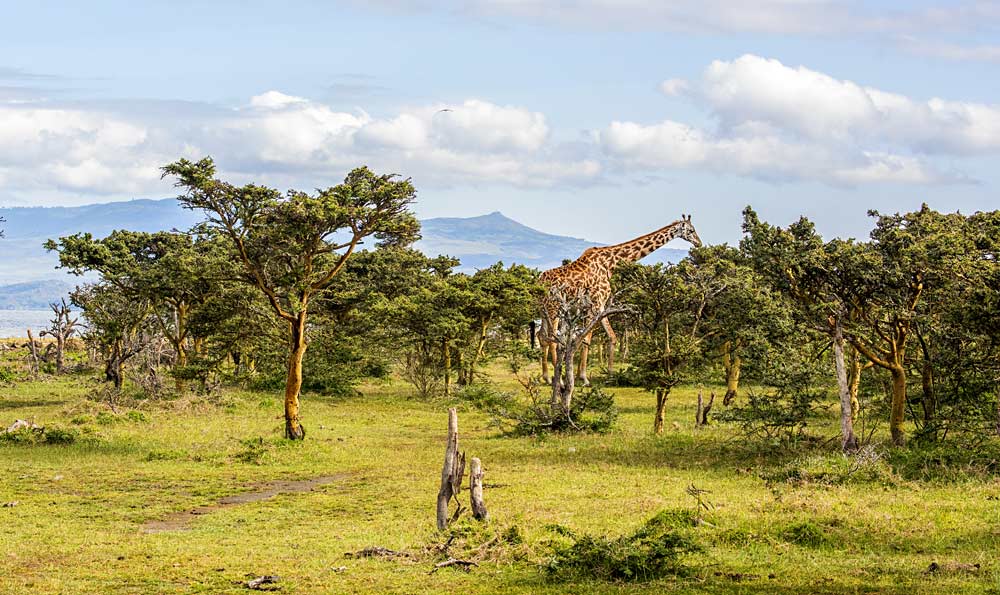
No trip to Naivasha is complete without a visit to the Crescent Island Wildlife Sanctuary, a private sanctuary that can be reached by boat and offers enchanting walks and wildlife viewing (www.crescentisland.co). And there's also Crater Lake, an extinct volcano at Lake Naivasha’s western end, that promises captivating views over a deep, brilliant green crater and walks through the thick acacia forests (www.craterlake.co.ke).
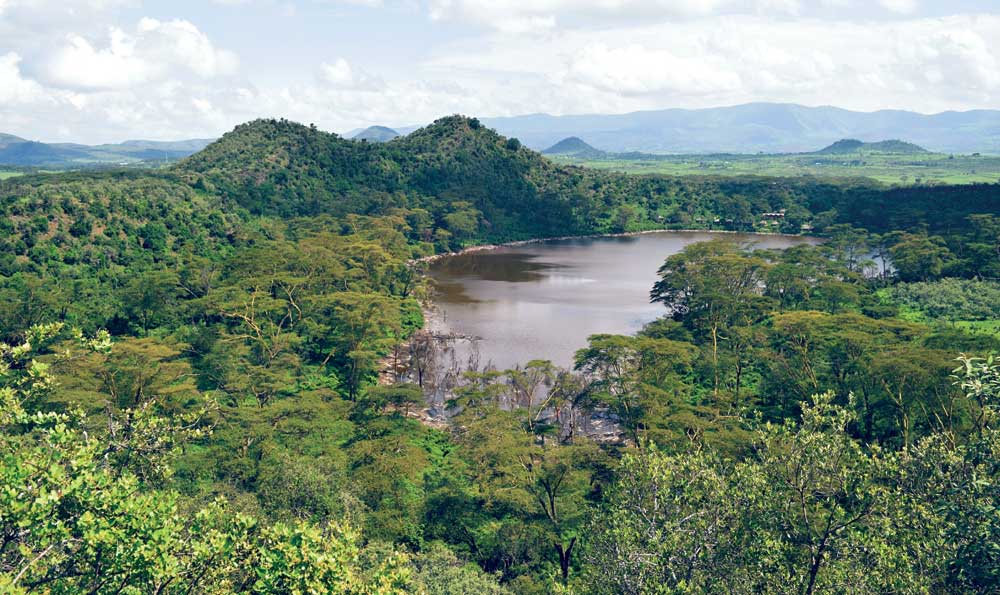
Hell's Gate National Park
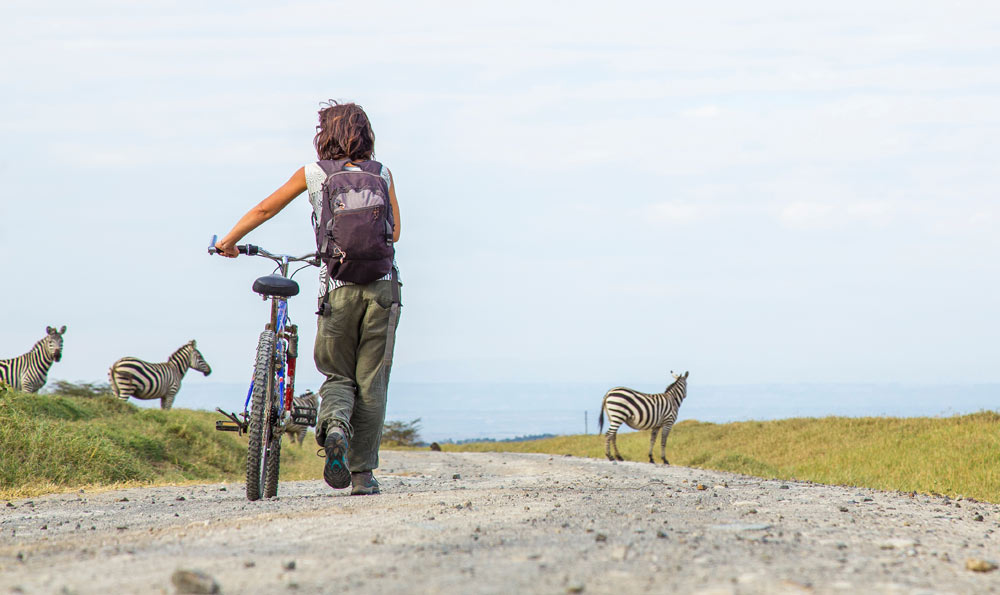
Also on the shores of the lake is Hell’s Gate National Park. Cleft deep into the floor of the Great Rift Valley, this relatively small Park provides endless bio-diversity and is one of only two Kenyan Parks to allow walking or cycling without an official KWS escort.
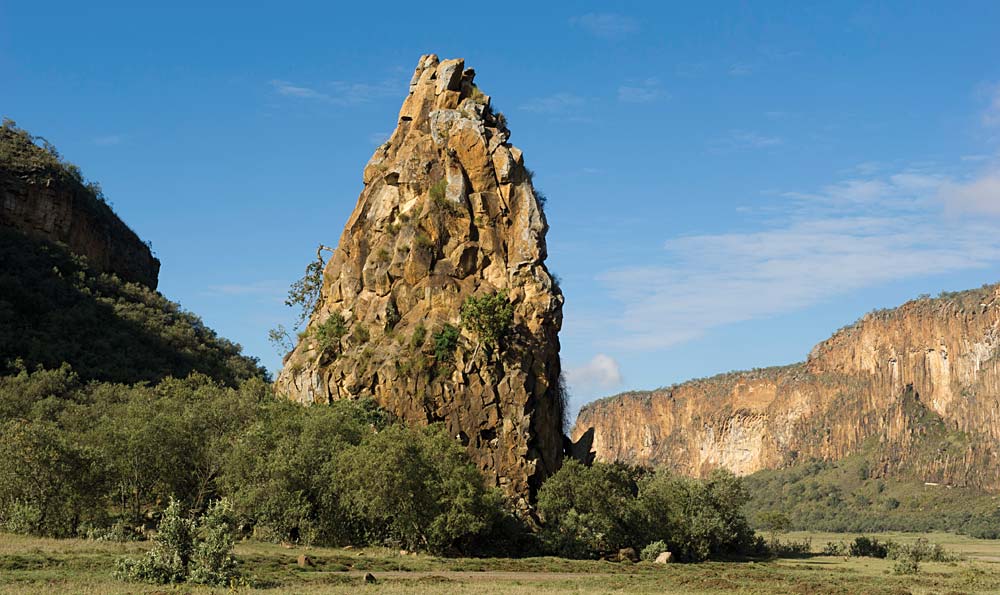
As for the scenery, the towering cliffs, water-gouged gorges, stark rock towers, scrub-clad volcanoes and belching plumes of geothermal steam make it one of the most atmospheric Parks in Africa. It also offers unique opportunities for bird watching, camping, rock climbing and visits to Maasai cultural centres.
Lake Naivasha - how to get there
By road: take the main A104 Nairobi-Nakuru Road to Naivasha (100 km). After passing Naivasha town, take a left onto Moi South Lake Road which goes round the eastern and southern sides of the Lake where many of the hotels and campsites are situated.
To reach Hell’s Gate National Park, drive approximately 20 kms along Moi South Lake Road and then turn off to the left to reach Elsa Gate.
For further information www.kws.org
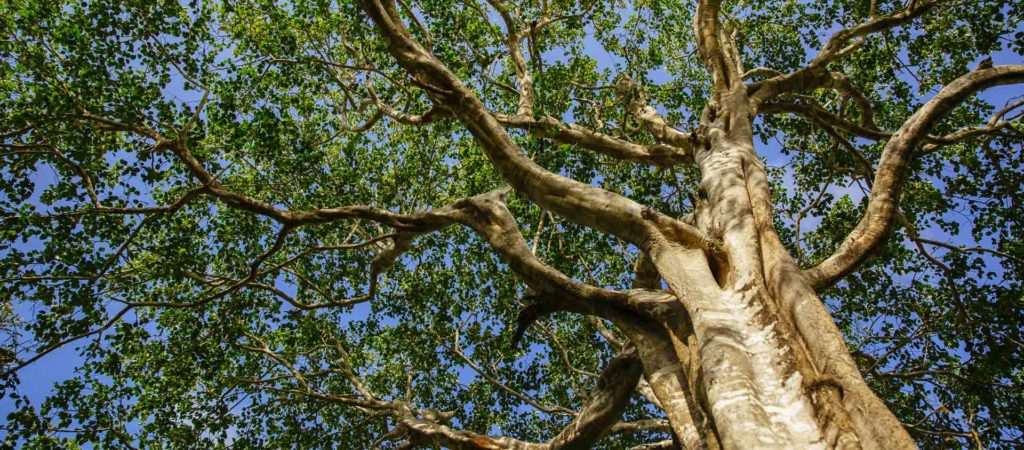
The Kaya Forests of the Mijikenda: a walk in a sacred grove
A visit to a sacred Kaya - or sacred grove - is part nature walk, part historical insight and part cultural experience. But it’s a very special and privileged experience.
The nine tribes of the Mijikenda
Traditionally, to enter a Kaya, you would have required ritual knowledge to proceed through the concentric circles of sacredness that surrounded the villages. Sacred talismans and spells would have served as guardians along the way, and are said to have caused hallucinations that would have confused and disorientated anyone who did not hold the mystical keys. Today, all you have to do is follow in the footsteps of your guide, who will be a member of the Mijikenda, whose nine tribes comprise the Giriama, Diogo, Duruma, Chonyi, Jibana, Kambe, Kauma, Rabai and Ribe.
The ancient Kayas of the Mijikenda ethnic group are sacred groves hidden deep within the forests of the Swahili coast. Once the traditional sites of the so-called ‘Nine Homesteads’ or fortified hilltop villages of the Mijikenda, the Kayas have been largely abandoned since the 1940s but they still serve as sites for dialogue with the ancestors, and sources for medicinal herbs.
Kaya Kinondo, Diani
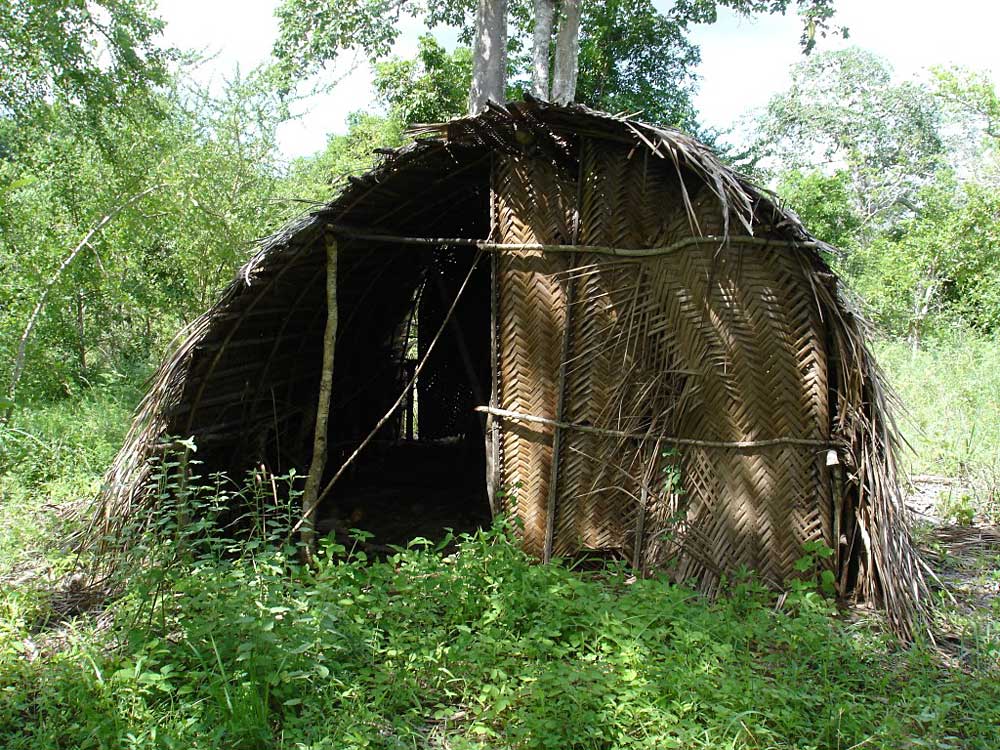
The Digo tribe's Kaya Kinondo is the first kaya to be open to the public. Located behind Kinondo Beach, at the southern end of Diani Beach, the kaya is easy to access from Diani's hotels and guest houses. Kaya Kinondo was first inhabited by the Digo in 1560 and abandoned as a village site in 1880.
Relatively small, the Kaya is profoundly silent, but for the lilting birdsong. As you enter, trees close their branches over your head and the light filters down in silver shafts. There is an air of expectancy as if someone or something is holding their breath.
Hug a tree
There are certain rules, as you are expected to show respect for the forest: so no running, or kissing - but tree-hugging is encouraged. You must remove your headgear, wear a kaniki (indigo sarong) around your waist, not remove so much as a leaf from the grove and always be accompanied by a guide. The guides are very friendly and immensely knowledgeable and will explain the Digo culture and rituals and the significance of the 187 plant species that find sanctuary in the forest. Many are medicinal and most have remained sequestered here for over 600 years, marking the time at which the nine tribes of the Mijikenda first arrived here from their ancestral home in southern Somali.
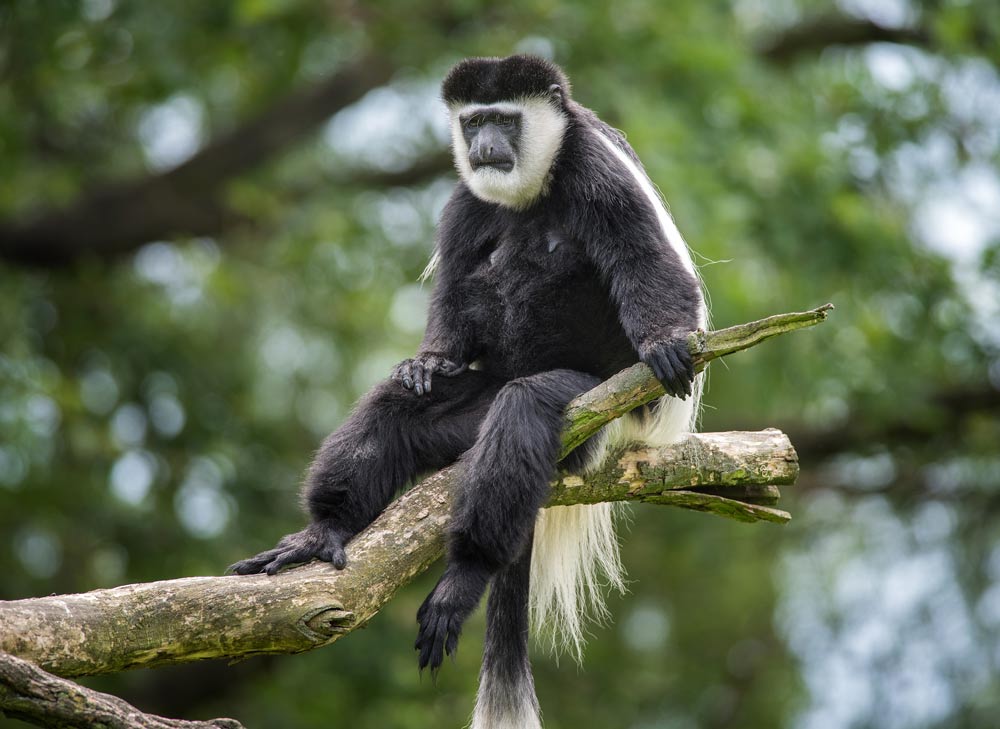
In terms of wildlife, expect to see plenty of monkeys, red squirrels and - if you're lucky, an elephant shrew. You will also be enchanted by kaleidoscopes of butterflies. The kaya experience lasts around 2 hours and photography is permitted.
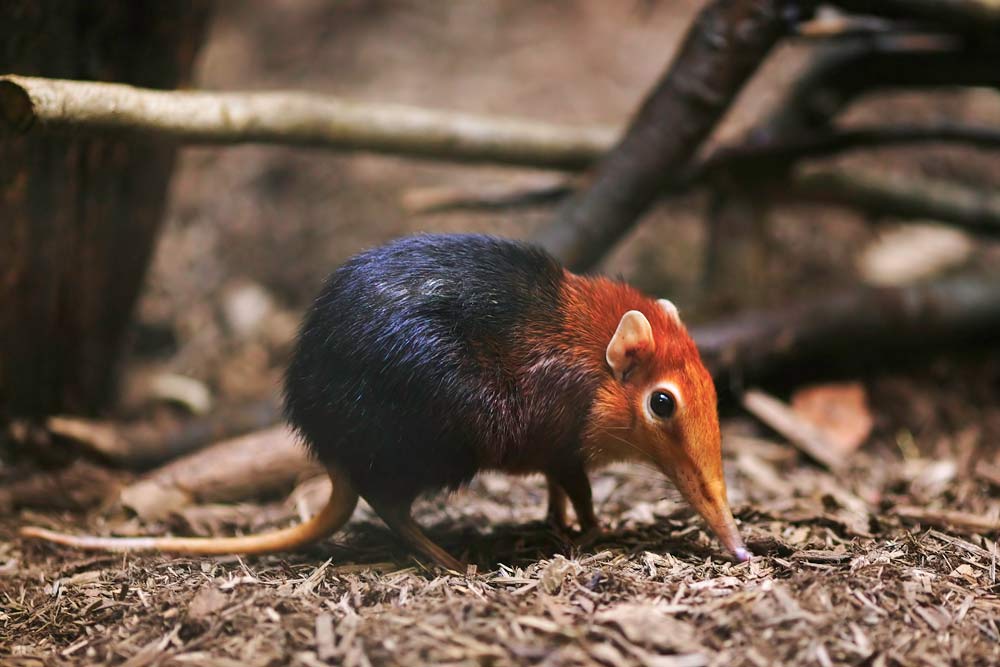
The Sacred Mijikenda Kaya Forests are listed as a UNESCO World Heritage Site.
Want Inspiration in your Inbox?
Sign up for FREE to receive our monthly e-newsletter with features
and ideas to help you plan your Kenyan adventure
© 2025 Kenya Holidays
